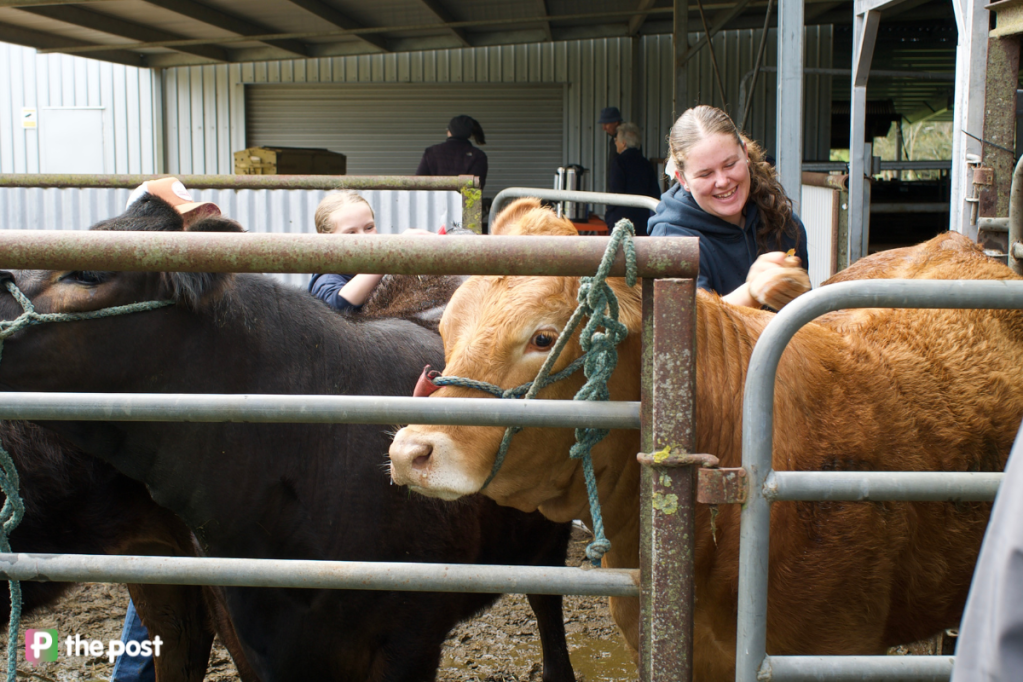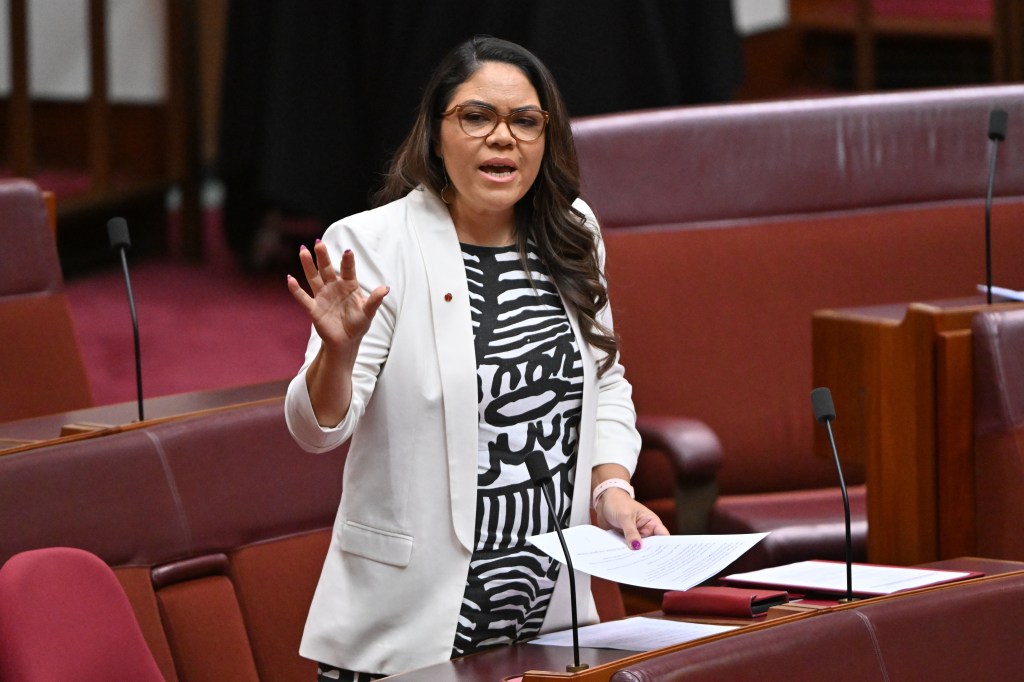Conservation efforts for a rediscovered lizard
A lizard species once thought to be extinct before it was rediscovered in the belly of a brown snake is the focus of a unique conservation effort.
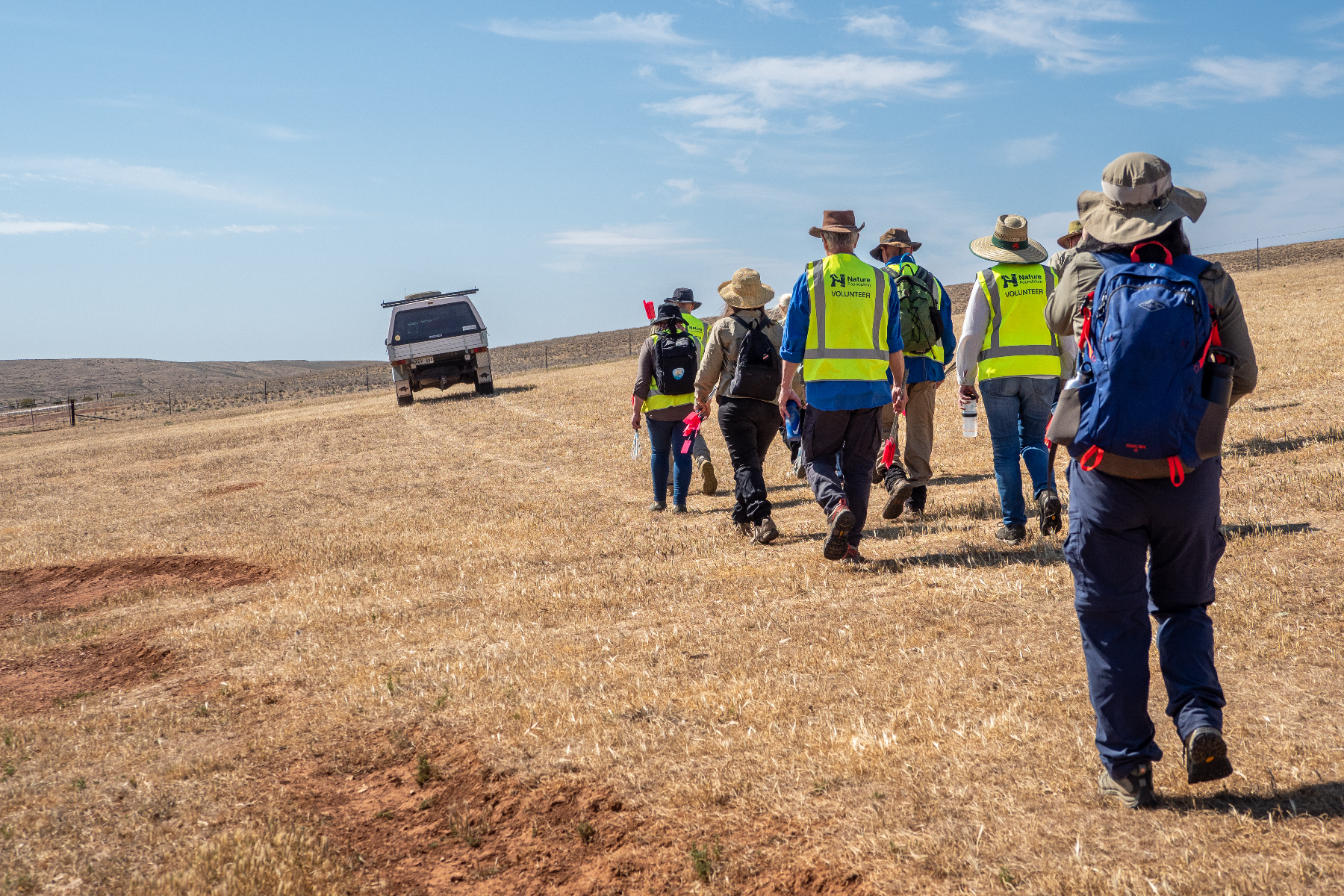
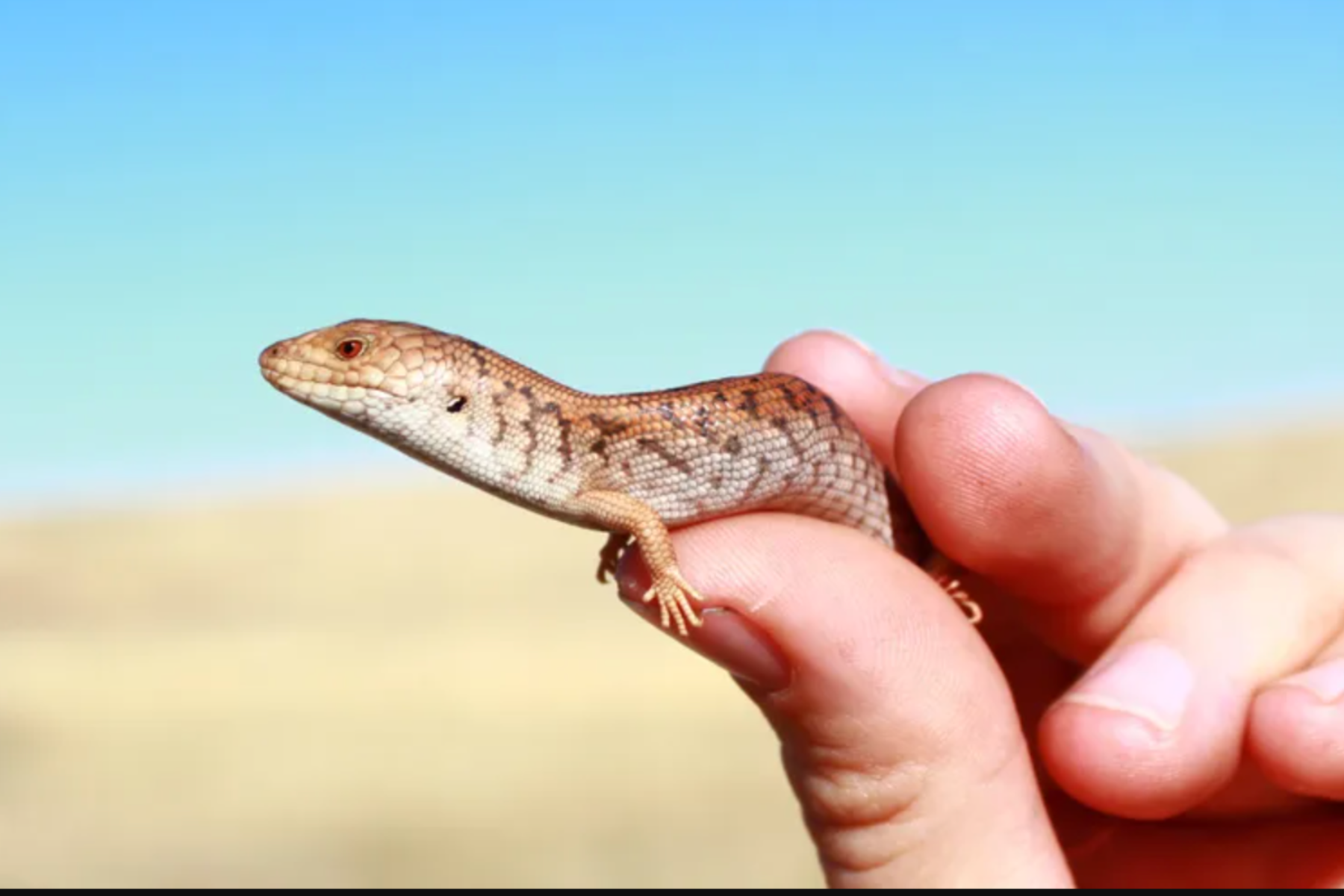
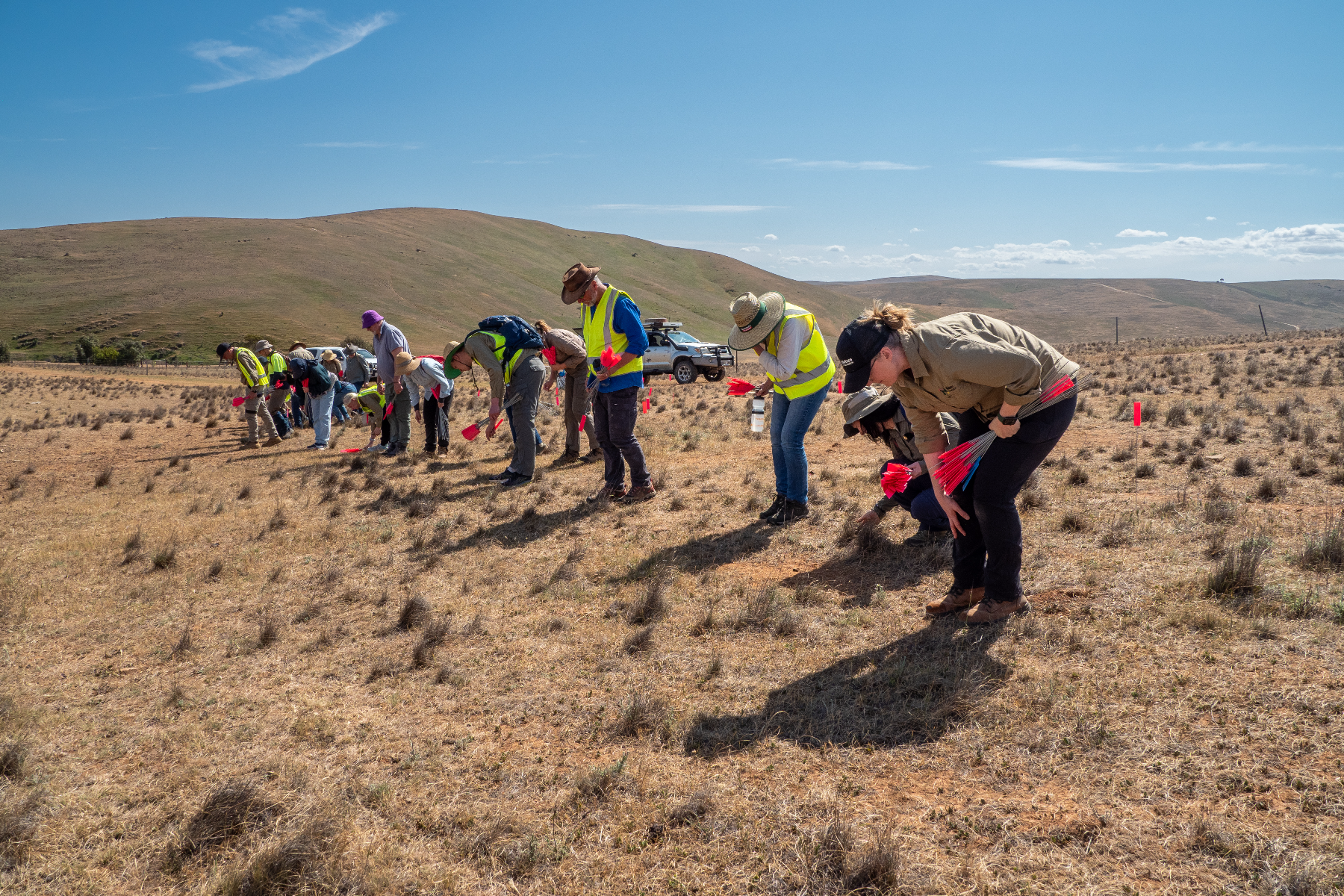
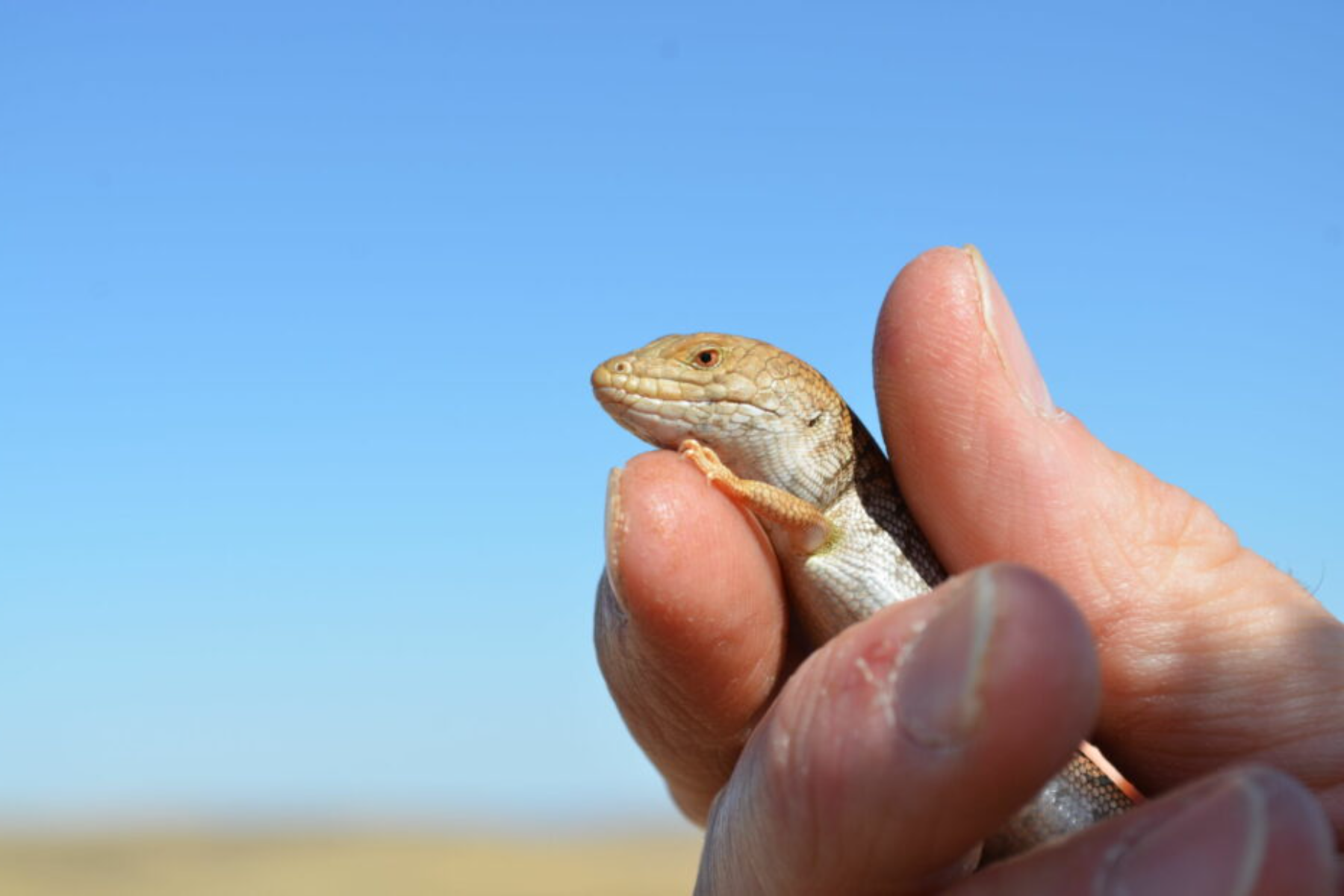
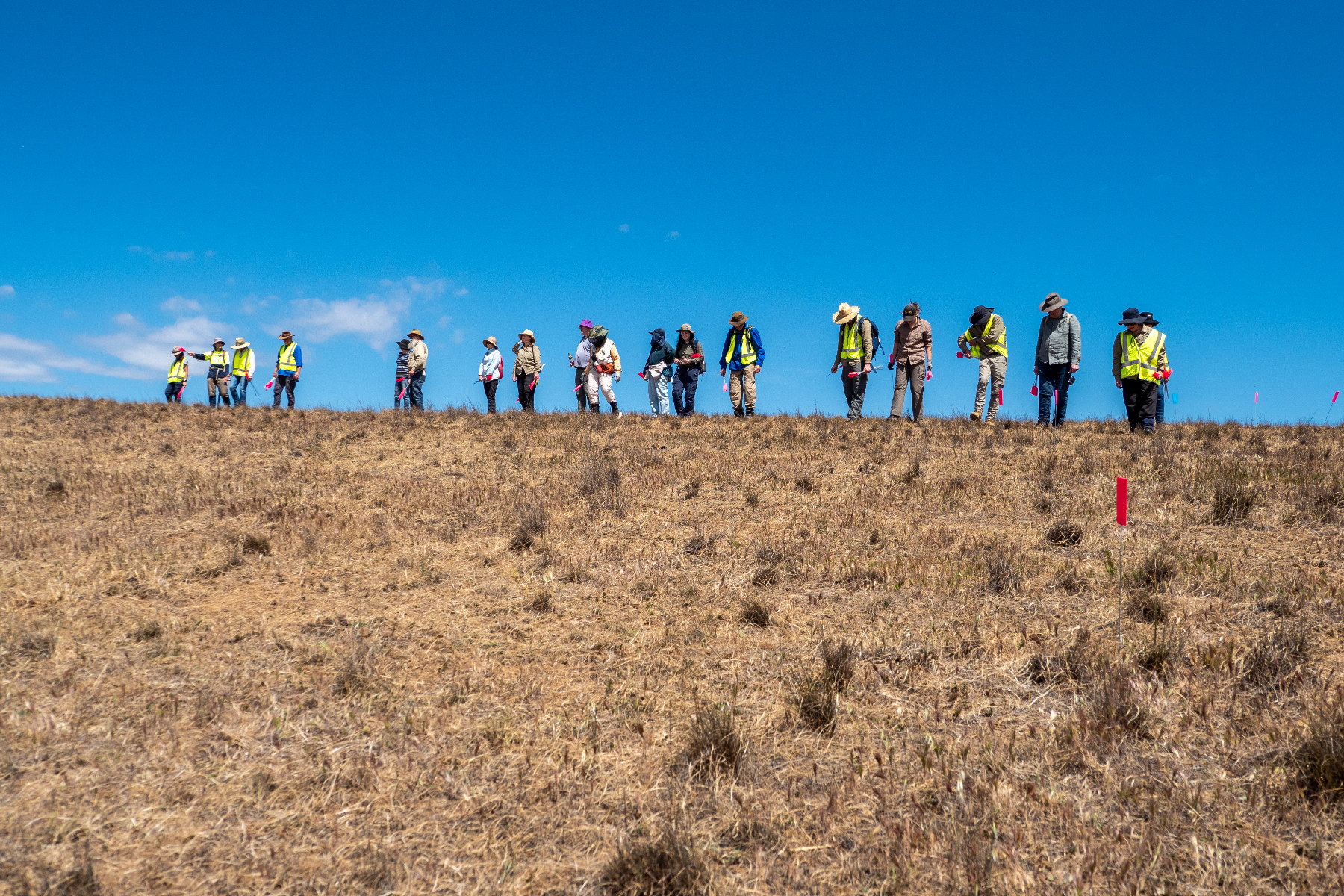
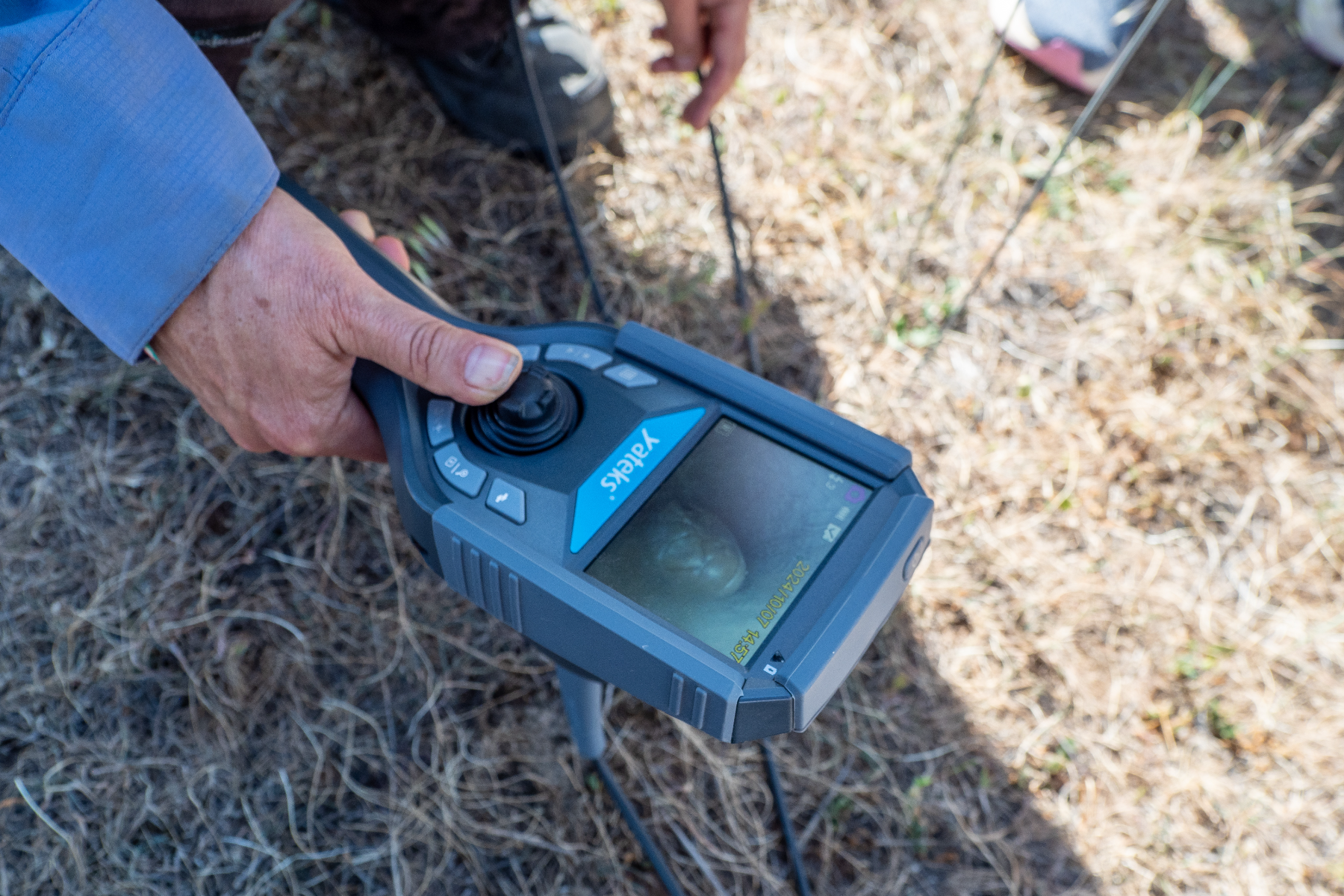
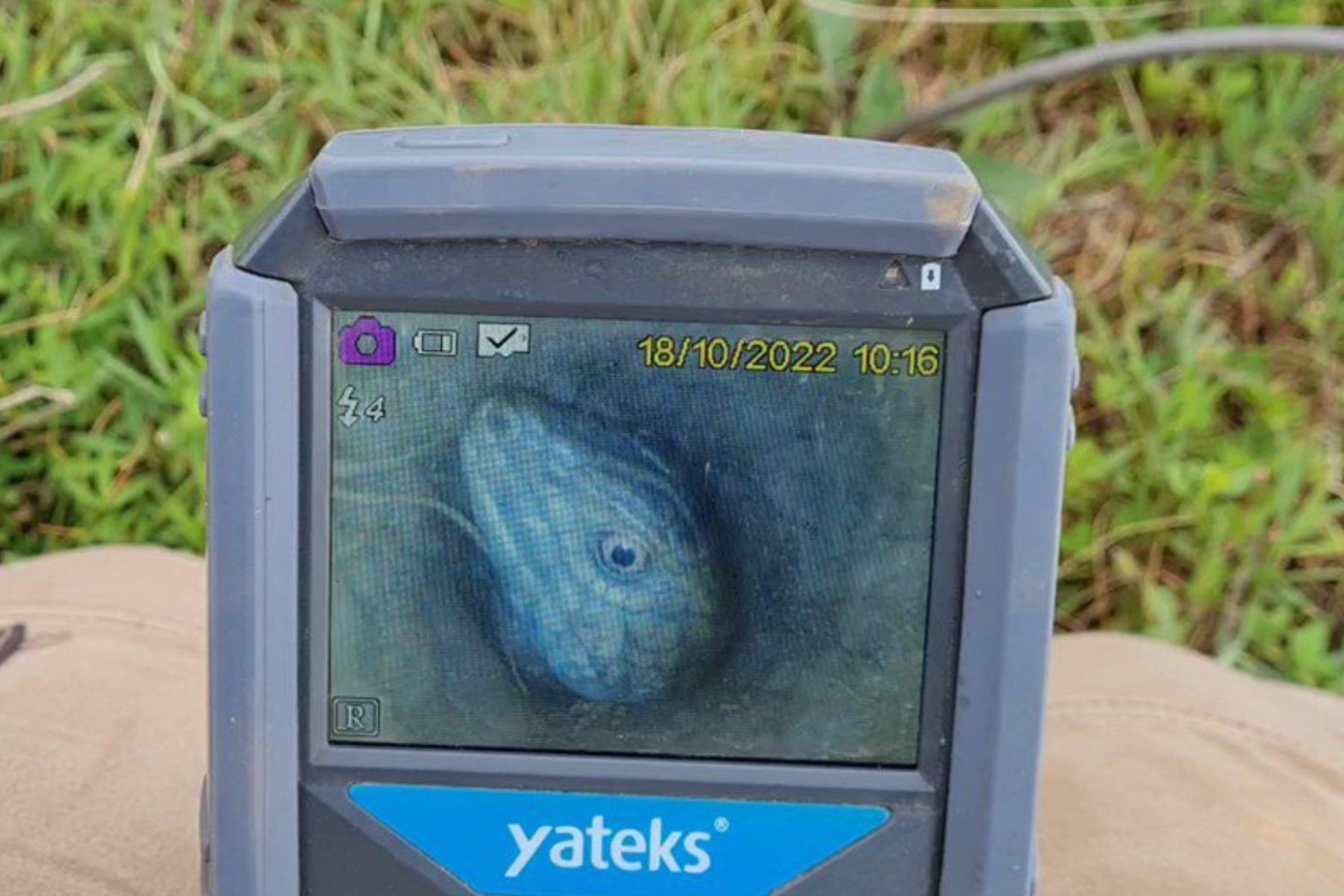
The endangered pygmy bluetongue lizard was rediscovered near Burra in 1992, and remains unique to the Mid North of South Australia.
The tiny skink is the focus of a monitoring program by South Australian not-for-profit the Nature Foundation, which has established survey methods to create an accurate estimate of the remaining population.
One such method is the Pygmy Bluetongue Lizard Crawl, which it held in early October at the foundation’s Tiliqua Nature Reserve, with members and volunteers combing the property to find the lizard in its preferred lair of empty spider burrows. Final numbers from the crawl are still being calculated.
The 85-hectare reserve is 10km out of Burra and is one of nine privately owned and managed Nature Foundation reserves.

The crawl aims to create an accurate population count of the lizards. Photo: supplied
“This enigmatic species is an important focus of our conservation efforts, with a core population thriving on our Tiliqua Nature Reserve,” Nature Foundation science and knowledge program officer Lucy Clive said.
“With such a small number of lizards, in a restricted area of South Australia, land managers have an essential role to play in the conservation and survival of this unique species.”
Clive, who has a PhD in the species, likened them to “squatters”, living in empty spider burrows among native grassland.
“It has a very limited habitat and the range of species goes only from north of Jamestown, Peterborough area down to Kapunda in the south,” Clive said.
Stay informed, daily
“Climate change is the number one threat for the northern species up near Jamestown whose population will probably begin declining first and extinction is predicted within this century.

A Pygmy Bluetongue at Tiliqua Nature Reserve. Photo: Patrick Mentzel
“It is very challenging for the pygmy bluetongue, but the fact that we find them in areas of degraded habitat, including cattle properties where hard hooves can destroy the spider burrows, with some lizards still hanging in there, is amazing.
“They are a gutsy little animal, doing the best they can, but they do have their work cut out for them.”
The Pygmy Bluetongue Recovery Team is looking for potential relocation options for the species, with funding from the Australian Government’s Environmental Restoration Fund assisting in the improvement of native grassland on private land, in collaboration with the landholders.
Landholders involved in the project, which sees grassland improved through rotational grazing, receive grant contributions towards the cost of the grazing method, advanced training in grazing management and tailored property management plans.
The private owners in return enter a 10-year agreement to continue rotational grazing methods.


